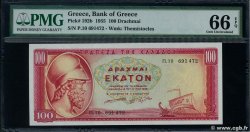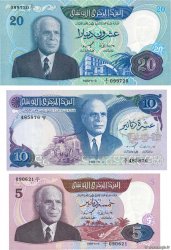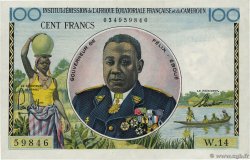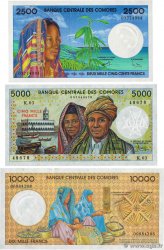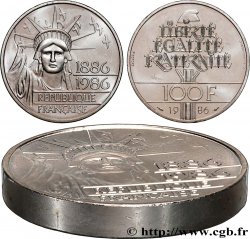Live auction - bga_384219 - GALLIA - CALETI (Area of Pays de Caux) Quart de statère d'or au type bouleté
You must signin and be an approved bidder to bid, LOGIN TO BID. Accounts are subject to approval and the approval process takes place within 48 hours. Do not wait until the day a sale closes to register. Clicking on "BID" constitutes acceptance of the terms of use of cgb.fr private live auctions.
Bids must be placed in whole Euro amounts only. The sale will start closing at the time stated on the item description; any bids received at the site after the closing time will not be executed. Transmission times may vary and bids could be rejected if you wait until the last second. For further information check the Live auction FAQ
All winning bids are subject to a 18% buyer’s fee.
All winning bids are subject to a 18% buyer’s fee.
| Estimate : | 3 500 € |
| Price : | 1 800 € |
| Maximum bid : | 1 900 € |
| End of the sale : | 19 April 2016 15:04:06 |
| bidders : | 1 bidder |
Type : Quart de statère d'or au type bouleté
Date: c. 80-50 AC.
Metal : gold
Diameter : 13,5 mm
Orientation dies : 3 h.
Weight : 1,70 g.
Rarity : R3
Catalogue references :
Predigree :
Cet exemplaire provient de la Vente des Domaines du 14/11/2015 et de la fameuse collection G. D.
Obverse
Obverse legend : ANÉPIGRAPHE.
Obverse description : Tête laurée à gauche, la chevelure très finement travaillée en petites esses.
Reverse
Reverse legend : LÉGENDE SIMULÉE À L’EXERGUE.
Reverse description : Cheval à gauche, conduit par un aurige ; entre les jambes, un glaive schématisé ; une ligne ondulée devant le cheval.
Commentary
Concernant le n° 808 du musée de Rouen, reprises comme monnaie type dans le Nouvel Atlas, les auteurs précisent que “de style non belge, ce quart lourd apparaît soit comme une pièce exportée en Gaule Belgique, soit comme une réplique locale et maladroite d’un type rattachable à la série au glaive”.
Quoi qu’il en soit, notre exemplaire semble être issu des mêmes coins de droit et de revers que celui du musée de Rouen, avec un excellent centrage au droit permettant une meilleure compréhension de la chevelure et de ses ornements.
Si la typologie rapproche cette monnaie du groupe de Normandie, notons que l’exemplaire du musée de Rouen provient des environs de Soissons !
Ce type représenté par seulement ces deux exemplaires constitue l’ultime classe VIII “type bouleté” de la série 239 des types aux glaives.
Concerning No. 808 from the Rouen Museum, included as a type coin in the New Atlas, the authors specify that “of non-Belgian style, this heavy quarter appears either as a coin exported to Gaul Belgium, or as a local and clumsy replica of a type related to the sword series”. In any case, our example seems to come from the same obverse and reverse dies as that of the Rouen Museum, with excellent centering on the obverse allowing a better understanding of the hair and its ornaments. If the typology brings this coin closer to the Normandy group, note that the example from the Rouen Museum comes from the area around Soissons! This type represented by only these two examples constitutes the ultimate class VIII “boulé type” of series 239 of sword types
Quoi qu’il en soit, notre exemplaire semble être issu des mêmes coins de droit et de revers que celui du musée de Rouen, avec un excellent centrage au droit permettant une meilleure compréhension de la chevelure et de ses ornements.
Si la typologie rapproche cette monnaie du groupe de Normandie, notons que l’exemplaire du musée de Rouen provient des environs de Soissons !
Ce type représenté par seulement ces deux exemplaires constitue l’ultime classe VIII “type bouleté” de la série 239 des types aux glaives.
Concerning No. 808 from the Rouen Museum, included as a type coin in the New Atlas, the authors specify that “of non-Belgian style, this heavy quarter appears either as a coin exported to Gaul Belgium, or as a local and clumsy replica of a type related to the sword series”. In any case, our example seems to come from the same obverse and reverse dies as that of the Rouen Museum, with excellent centering on the obverse allowing a better understanding of the hair and its ornaments. If the typology brings this coin closer to the Normandy group, note that the example from the Rouen Museum comes from the area around Soissons! This type represented by only these two examples constitutes the ultimate class VIII “boulé type” of series 239 of sword types







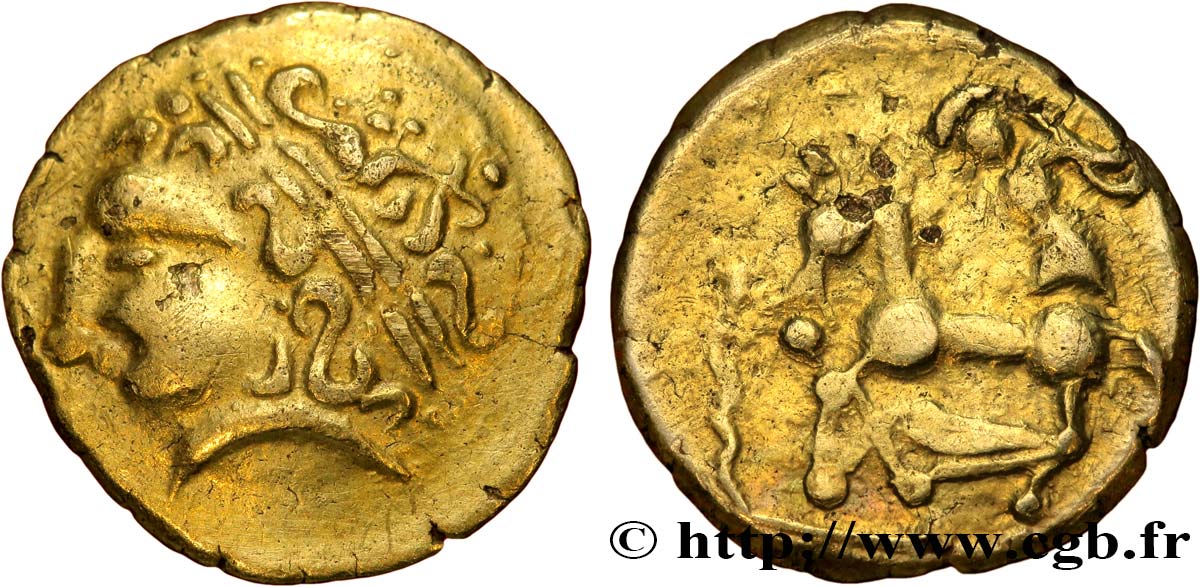
 Report a mistake
Report a mistake Print the page
Print the page Share my selection
Share my selection Ask a question
Ask a question Consign / sell
Consign / sell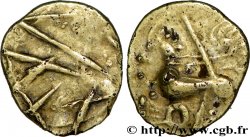
 Full data
Full data




